Best tray for your shower
There are a lot of different components to consider when buying a new shower. In last month’s blog Bathroom-compare looked at the power options available from digital to electric, mixer to power shower. This month the shower tray is under scrutiny.
Unless you are opting for an over-bath shower, you will need a shower tray or base, where water can drain away. Some are designed for use with enclosures, others are designed to lie flush with the floor for walk-in units.
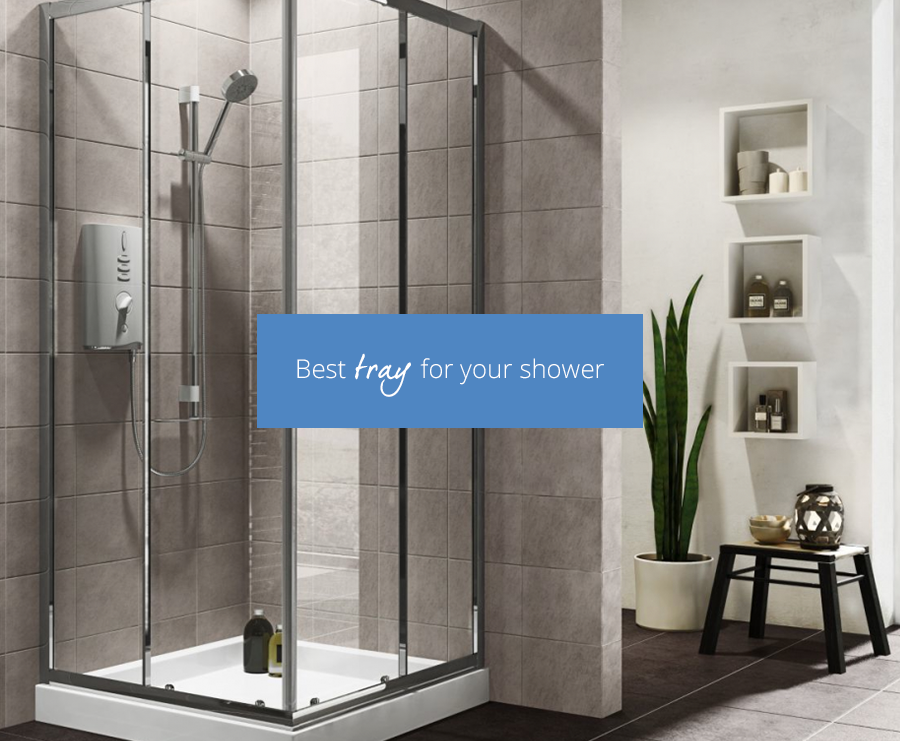
Size
Selecting the right size is the singular most important consideration when choosing your shower tray. Material, and shape should follow. If your tray isn’t exactly the right size, it won’t hold all the water inside. In other words, water will be able to escape from your shower, leading to things like mould growth or other water damage which can result in costly repairs if you don’t notice it right away.
Shape
Your shower tray must be a snug fit with the shower enclosure to keep it watertight. There are several different shapes, some of which are better suited for different bathroom sizes. The three key shapes are:
Square trays: Available from 700-1000mm with 900mm being the most popular, square trays are flexible due to the different type of doors styles that go with it. For example, with a larger bathroom two outward opening doors work well however with a smaller bathroom bifold doors are a more space efficient option.
Rectangular trays: Usually bigger and therefore more spacious than their square counterparts, many rectangular trays have sliding doors. Because these doors eliminate opening space, rectangular trays can still be used in small bathrooms.
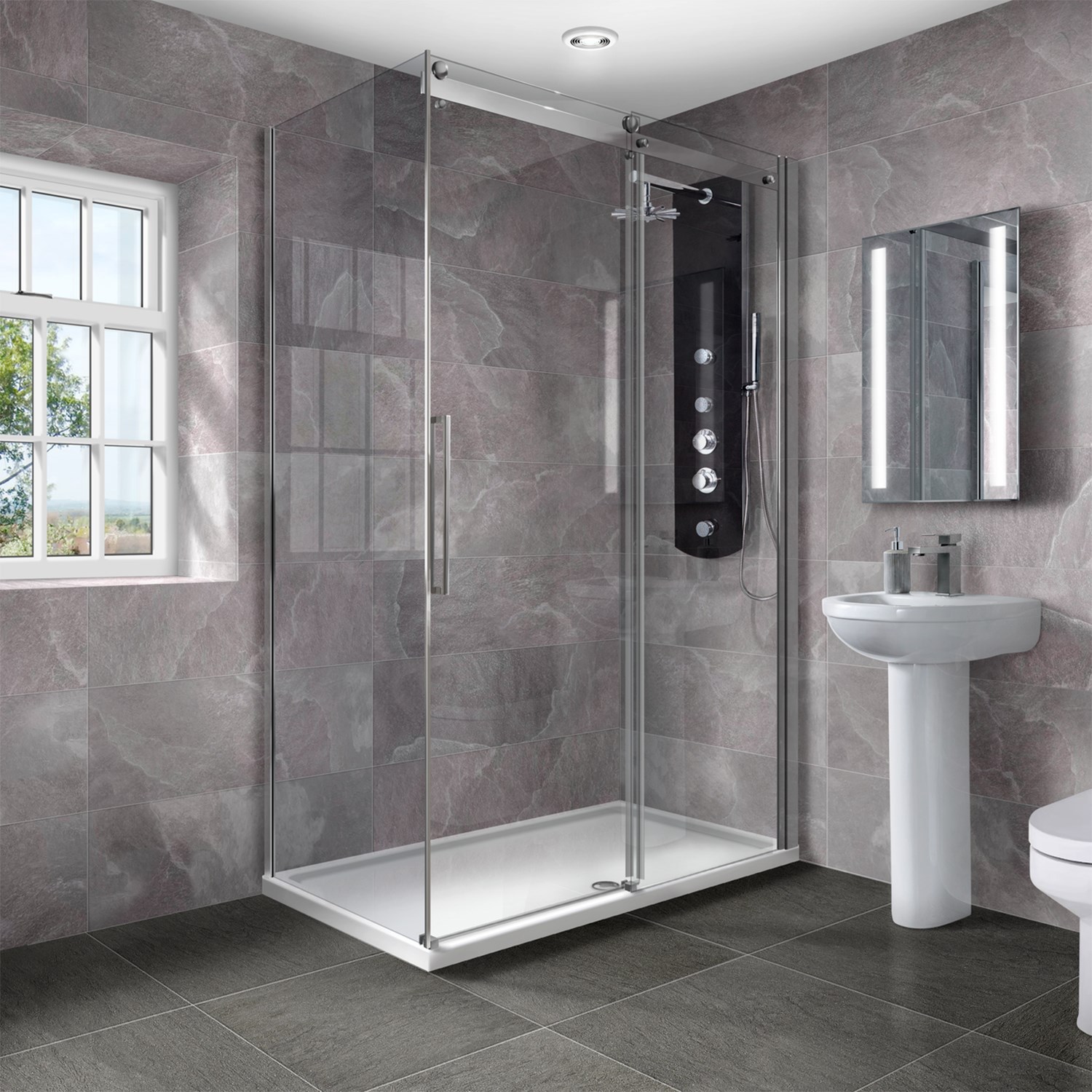
Quadrant trays: Fit best into corners and have a curved front that creates a luxury shower space. This tray works with either sliding or hinged doors, which save space. If the overall size of the shower is important, a quadrant tray can also be offset - meaning a rectangle tray with a curved, quadrant shape.
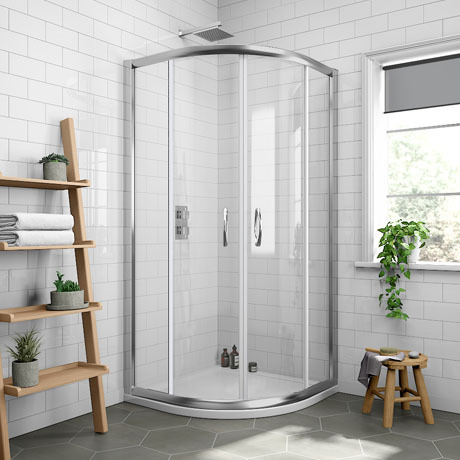
Material
The final decision is material. Each comes with its own pros and cons which should carefully be taken into consideration.
Ceramic: An affordable material, ceramic trays are a popular choice. A good material for the price, ceramic trays are durable and won’t stain, however, they are cold to the touch and are extremely heavy so if you drop anything sharp or heavy on them they can shatter or crack.
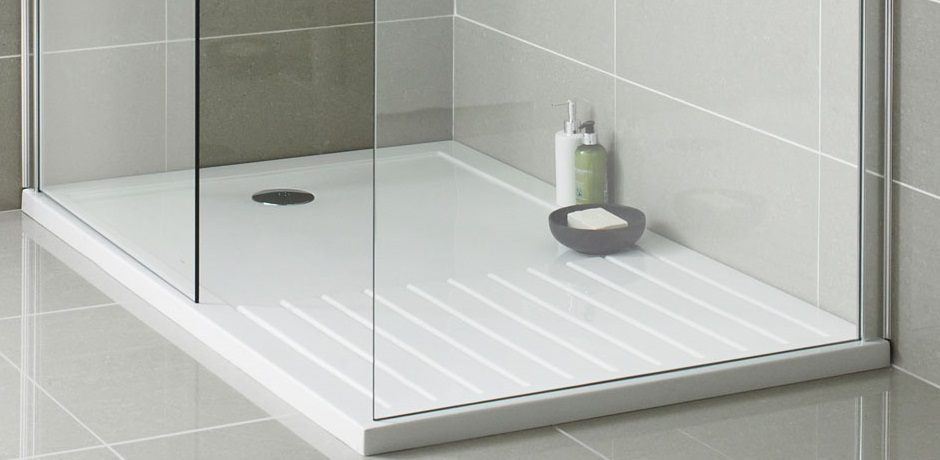
Acrylic: Available in plenty of shapes and sizes, acrylic trays are affordable, quick and easy to install and are also warm to the touch of your feet. However, they are far less robust than ceramic, marble or stone resin and are considered by some to be too flimsy.
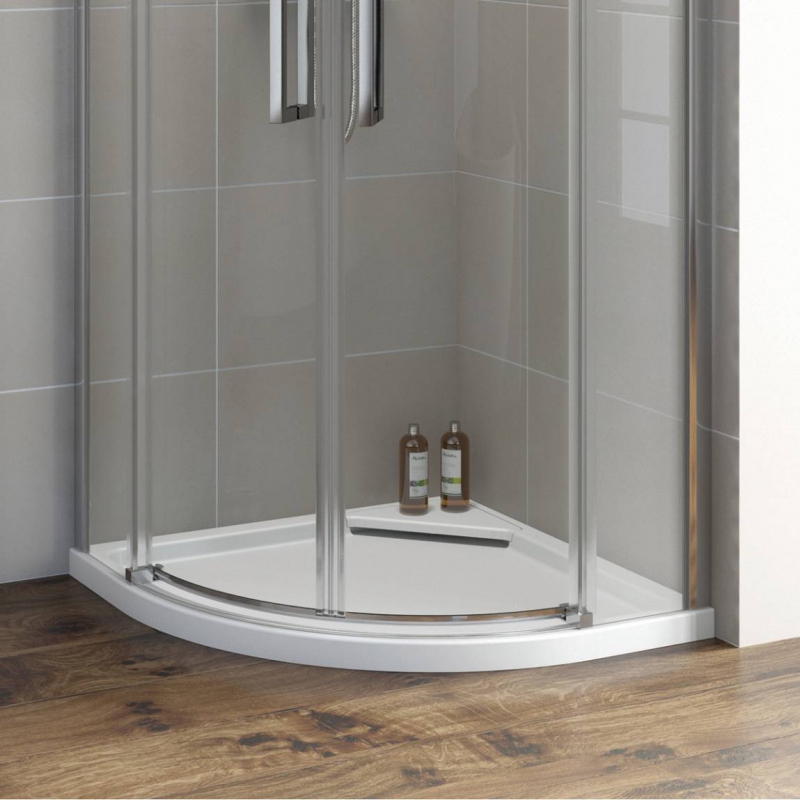
Marble: Beautiful and luxurious, classic marble trays go with just about any bathroom design. This too is a cold stone, is much more expensive than other options and is heavy and expensive to ship.
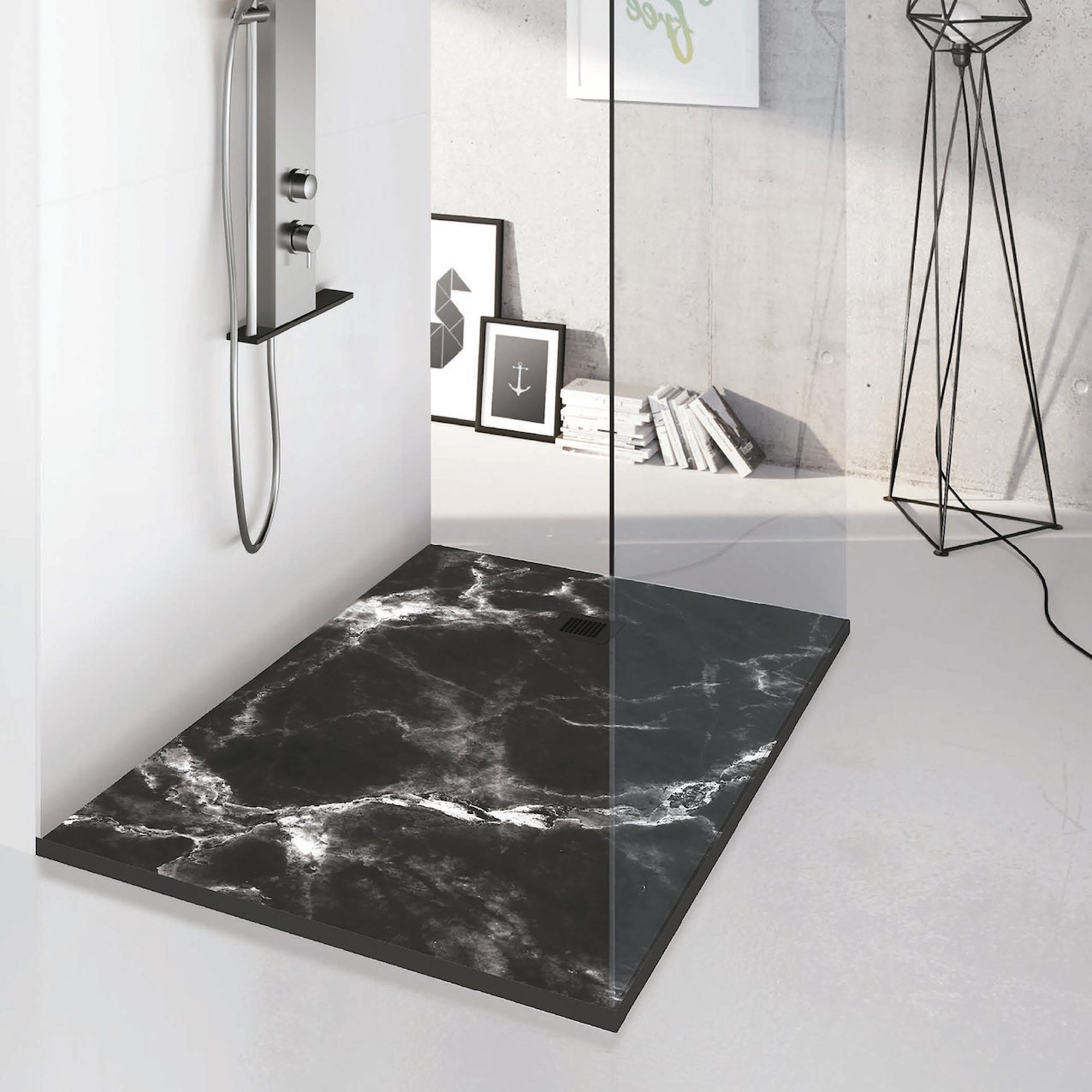
Stone Resin: Perhaps the most popular currently, stone resin trays are available in many different colours, sizes, and styles. Most have an acrylic cap with a central construction of stone resin. This means they are warm to the touch but also strong and robust, however, some models can be a little on the heavy side, so check carefully.
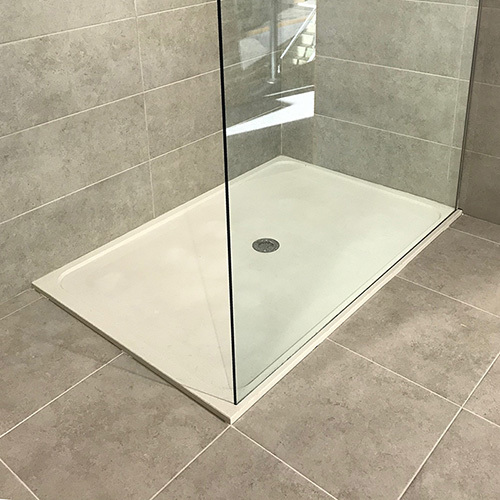
The Compare Network
Copyright – Insight Retail Group Ltd 2025 All rights reserved